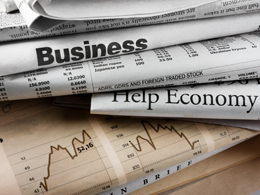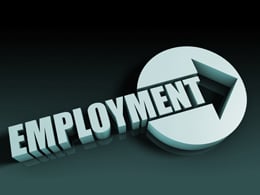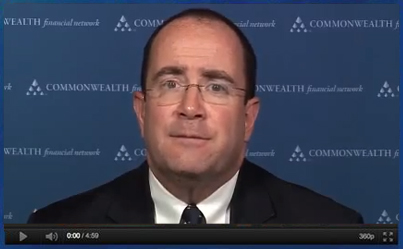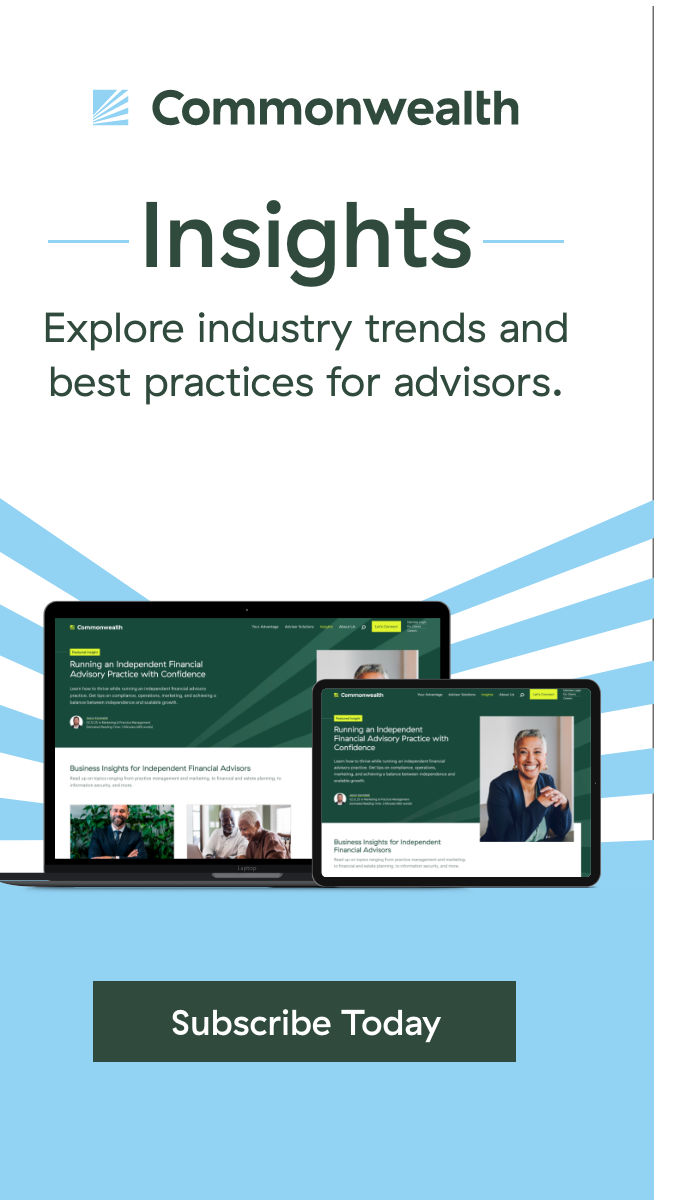One problem I have with satellite radio is that it makes me confront my own mortality every day. Let me explain. When a song comes on, I think, Oh, I remember that; it must have come out about five years ago. But when I look at the screen, the song is invariably from the 1990s or (in particularly bad cases) from the 1980s. Perhaps I’m not as young as I feel.
That said, a bit of perspective—which is a kinder word for age—is beneficial in the economics and investing game.













